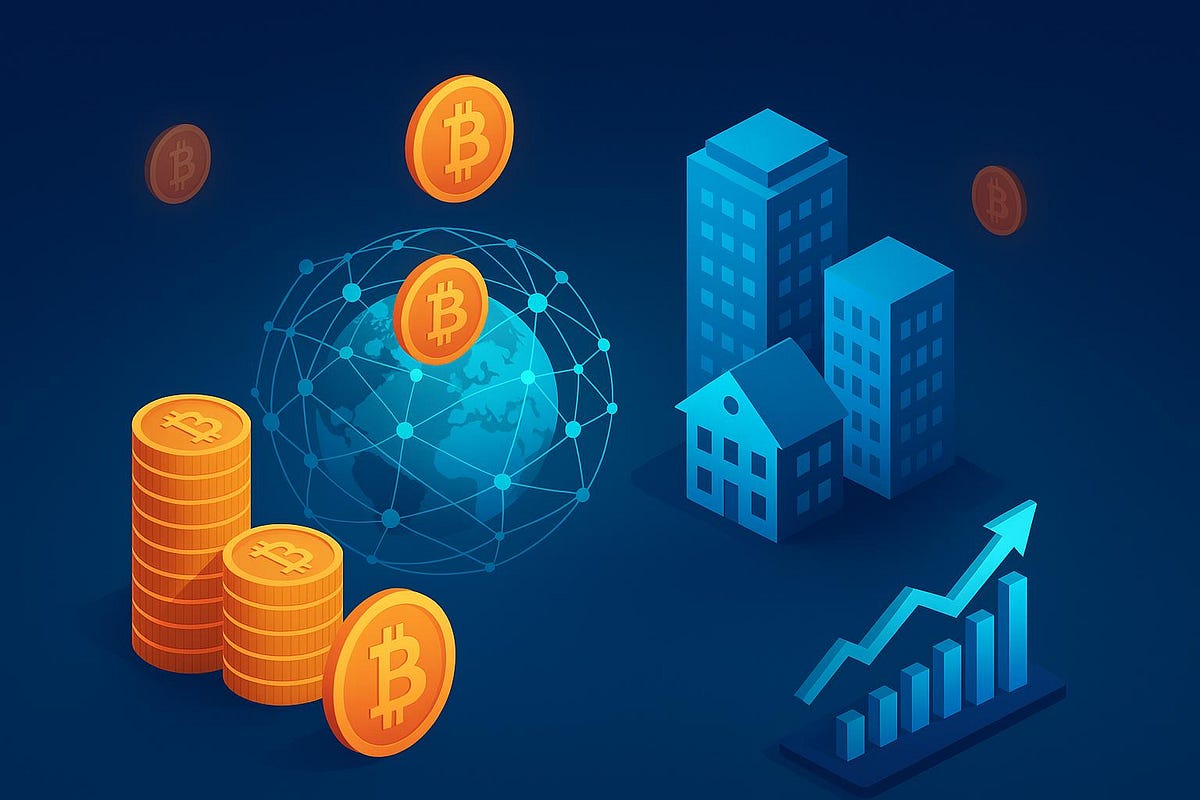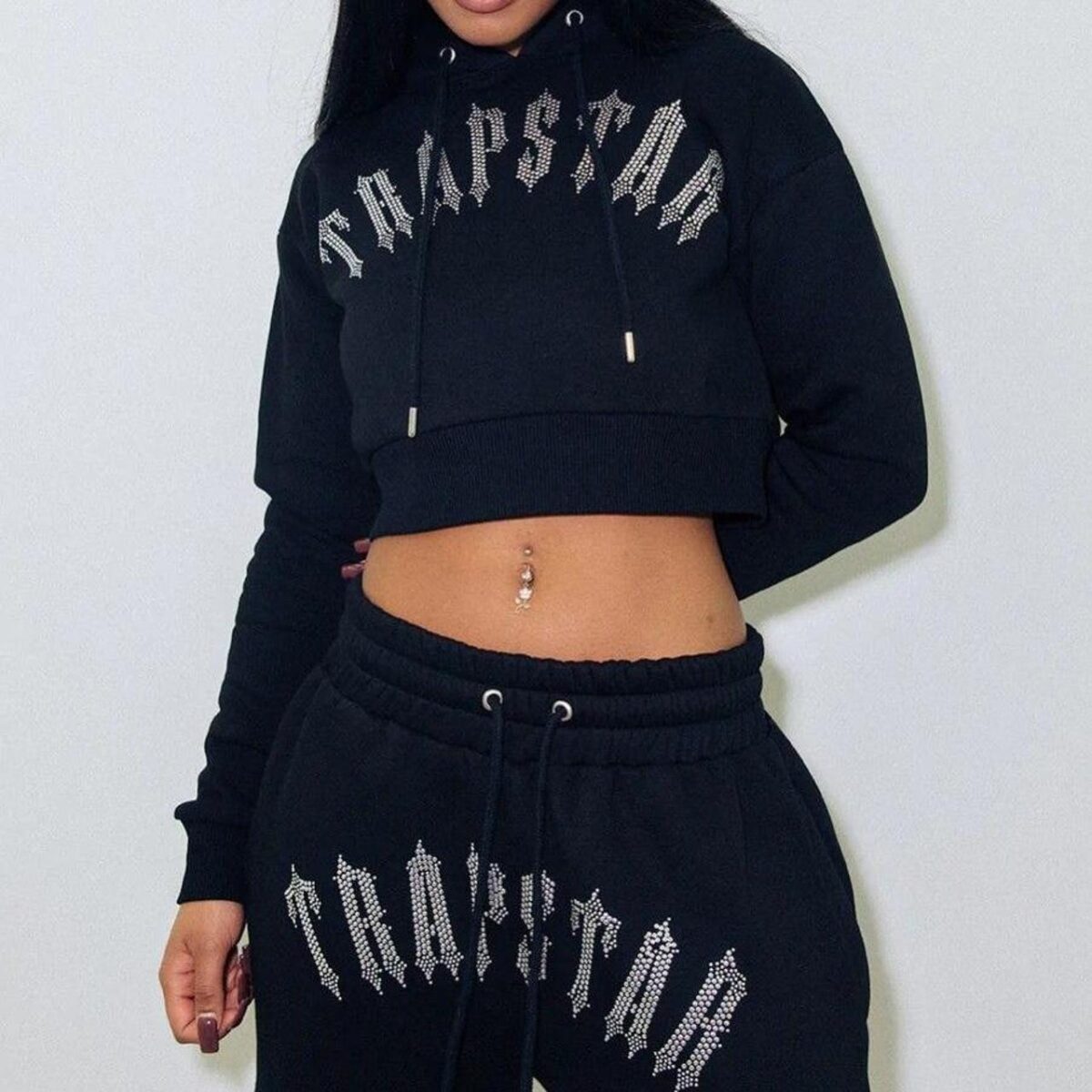How Tokenization Is Redefining Asset Ownership in 2025?

Cryptocurrency isn’t just about Bitcoin anymore. As we push deeper into 2025, a major trend reshaping the financial and tech landscape is the tokenization of real-world assets (RWAs). From luxury cars to real estate and even fine art, blockchain technology is transforming how we own, trade, and invest in tangible things and it’s opening new doors for investors everywhere.
But innovation brings fresh challenges too. As more everyday investors jump in, finding the best crypto wallet for iPhone to securely manage tokenized assets is crucial. Mobile-first investors want security, ease of use, and compatibility with the expanding world of tokenized assets — all while staying protected from scams and hacks that still lurk in the crypto space.
What Is Tokenization, Really?
Tokenization means turning rights to an asset into a digital token on a blockchain. Think of it as creating a blockchain-based proof of ownership or share in something real: a skyscraper, a gold bar, a piece of art — even intellectual property.
These tokens can then be bought, sold, or transferred in real time, 24/7, with far fewer middlemen. Unlike traditional ownership, which requires paperwork, banks, and sometimes months of bureaucracy, tokenization cuts the red tape while adding transparency and liquidity.
Why Tokenization Is Booming in 2025
So why has tokenization become such a big deal? There are a few big reasons driving adoption:
1. Unlocking Illiquid Assets
Traditionally, assets like commercial real estate or collectibles are hard to buy or sell quickly. Tokenization breaks these assets into smaller, tradable units, allowing investors to buy fractional ownership. This democratizes access and boosts liquidity.
2. Better Transparency and Security
Blockchains provide an immutable record of ownership and transactions. Smart contracts enforce the rules automatically. This reduces fraud and makes auditing simpler for regulators and investors alike.
3. Global Market Reach
A tokenized asset can be traded by anyone with an internet connection, creating global investment pools. For example, an investor in Singapore can own a fraction of a New York office building with just a few taps.
4. Compliance Made Easier
New regulations in 2025, especially in the EU and Asia, have clarified how tokenized securities should be issued and traded. These legal frameworks are making institutional investors more comfortable entering the market.
How Tokenization Works in Practice?
Let’s say a developer wants to sell a $20 million building. Instead of relying solely on big investors, they can issue 20 million tokens, each worth $1 and representing a share of the property. Investors buy these tokens through a secure blockchain platform.
They might receive rental income proportionally, or even vote on certain decisions. If they want out, they can sell their tokens on a secondary market, which usually operates around the clock — no closing bell, no lengthy settlements.
Popular Sectors for Tokenization
In 2025, tokenization has expanded well beyond real estate:
-
Luxury Goods: High-end watches, cars, and jewelry can be split into shares, allowing collectors to invest in pieces they might never afford outright.
-
Agriculture: Some farms now tokenize harvest yields in advance, letting investors back crops before they’re grown.
-
Music and Art: Musicians and artists sell fractional royalties and rights to fans, creating direct community funding.
-
Green Energy: Solar and wind farms offer tokenized carbon credits or revenue shares, aligning investors with sustainability goals.
The Risks of Tokenization
Like all crypto trends, tokenization isn’t foolproof. Investors should understand the risks before jumping in:
Regulatory Uncertainty: While major economies have made progress, smaller jurisdictions still lag behind, which can create legal grey areas.
Platform Security: Hackers target exchanges and platforms holding valuable real-world asset tokens. Secure your investments with robust wallets and two-factor authentication.
Market Liquidity: Some tokens can be hard to resell if there’s low demand. Not every tokenized asset has an active secondary market yet.
Valuation Challenges: It can be tricky to determine a fair price for fractional shares of unique assets, like a famous painting.
How to Get Started with Tokenized Assets
-
Choose Reputable Platforms
Stick to tokenization platforms with proper licenses, insurance coverage, and transparent governance. Avoid fly-by-night projects promising unrealistic returns. -
Understand the Asset
Read the whitepaper and legal documents. Know what you’re actually buying — is it equity, debt, or a royalty stream? -
Secure Your Tokens
Use a trusted wallet compatible with token standards like ERC-20 or newer cross-chain protocols. Hardware wallets or secure mobile wallets with biometric authentication help keep tokens safe. -
Diversify
Don’t put all your capital in one asset or sector. Spread risk across different classes and issuers. -
Stay Informed
Tokenization rules and market conditions change fast. Follow news, join community forums, and watch how regulators react to big cases.
What Comes Next?
Industry analysts predict that by the end of 2025, tokenized assets could represent over $20 trillion in value worldwide. Big banks and asset managers are launching their own pilot programs, and governments are exploring how to use tokenization for infrastructure and green bonds.
Meanwhile, advancements in blockchain interoperability and zero-knowledge proofs are making transactions faster and more private, without sacrificing security. Decentralized identity solutions are also on the rise, ensuring only verified investors can participate in regulated offerings.
As this ecosystem matures, tokenization could make global markets more inclusive, efficient, and fair — giving everyday investors access to wealth-building opportunities that were once reserved for the elite.
Final Thoughts
Tokenization is not a passing crypto fad; it’s a fundamental shift in how we perceive ownership and value transfer. While there are still hurdles to clear, the momentum in 2025 is undeniable.








